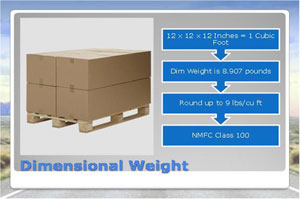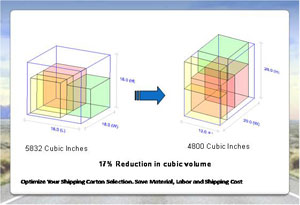In his book Relationship Economics, author David Nour talks about the basics in relationships simply stated: like me, know me, trust me, and pay me.
What do you know about the carrier representatives calling on you? Do your contacts with the carriers have an understanding how you and your carrier makes it money? How many of you can remember the times when a Major package carrier did NOT take a yearly increase? Relationships take time; economics excellence takes knowledge of your partnership with your carriers.
What do you know about the carrier representatives calling on you? Do your contacts with the carriers have an understanding how you and your carrier makes it money? How many of you can remember the times when a Major package carrier did NOT take a yearly increase? Relationships take time; economics excellence takes knowledge of your partnership with your carriers.
Partner: A group of people working together. An organization formed by two or more people or groups who work together for some purpose. How can a partnership insure a win-win process that can be shared with all suppliers and carriers of small shipment companies? What was the driving force in the founders of these companies to start and offer services to their customers?
I see innovation as a main driving force. A the time of the origin of the major package delivery companies the founders saw innovation as a way to create and fill a need for the services not offered. Innovation would have not been possible without the promise of potential reward.
What reward does you company offer to creative skills in new processes in transportation and inventory management that could make your book of business more attractive to these innovators?
In the book Vested Outsourcing, Kate Vitasek has created a model that will improve outsourcing procedures much the way Six Sigma and Lean improved production processes in the 1980s and '90s. This is a must read book.
Bill Joy founder of Sun Microsystems said," No matter who you are, most of the smart people don't work for you. In today's complex business environment, companies must strategically turn to outsourcing suppliers in order to gain access to creativity and skills through a global network of specialized workers and engineers."
I submit that each player in the movement of goods has some of these "smart people" that simply are not talking and sharing what is needed most in today's market, innovation.
Space: the final frontier
We have a lot of wasted space in packaging and vehicle use. Just what determines the use of this space and how is pricing affected by what I call the three basics?
We have a lot of wasted space in packaging and vehicle use. Just what determines the use of this space and how is pricing affected by what I call the three basics?
1. Mileage between two points or ZIP Codes.
2. Container, envelope, package, pallet, LD3 container.
3. Time definite.
Packaging is one of the many elements of Supply Chain Management that has to be right for successful day-to-day supply chain operations.
Space occupied by merchandise should be the predominating factor in the fixing of a classification, and cost and the value of the article should have some weight" 1897 ICC Annual report. Carriers bill by weight but sell by cube; most shipments fill the cubic capacity of the trailers before weight limits of the trailer are reached.
It's rare that packaging gets much attention in discussions on supply chain management, and that is dangerous. Changing the way things are packaged and loaded to make the most out of a trailer's space is introducing a little-noticed structural change to trucking.
Reducing transportation costs by optimizing case size or pallet pattern configuration to ship more products per package, truck or container, and Increase cube yield has helped some companies ship up to 8-12% fewer truckloads per year. (Think line haul or feeder runs for package carriers and LTL).
Taking the guess work out of packaging and load planning and having exact calculations prior to each shipment, for package size, line haul and final mile delivery requirements has in all operations equated to cube capacity utilization and distance the two of the most significant cost factors when moving shipments.
What innovation are we going to use to help eliminate this waste? See figure 1... and two... and three...

Figure 1

Figure 2

Figure 3
All of the above deal with efficient use of space.
Ask your carrier if any of the above innovations and methods would make a difference in:
1. Load factor
2. Density per package
3. LTL versus hundredweight shipments
4. Last mile delivery or pickup
5. Green credits
Ask your carrier if any of the above innovations and methods would make a difference in:
1. Load factor
2. Density per package
3. LTL versus hundredweight shipments
4. Last mile delivery or pickup
5. Green credits
Hope this makes you think Partner. Now have a cup of coffee and get to know you're most valuable business contact, each other.





